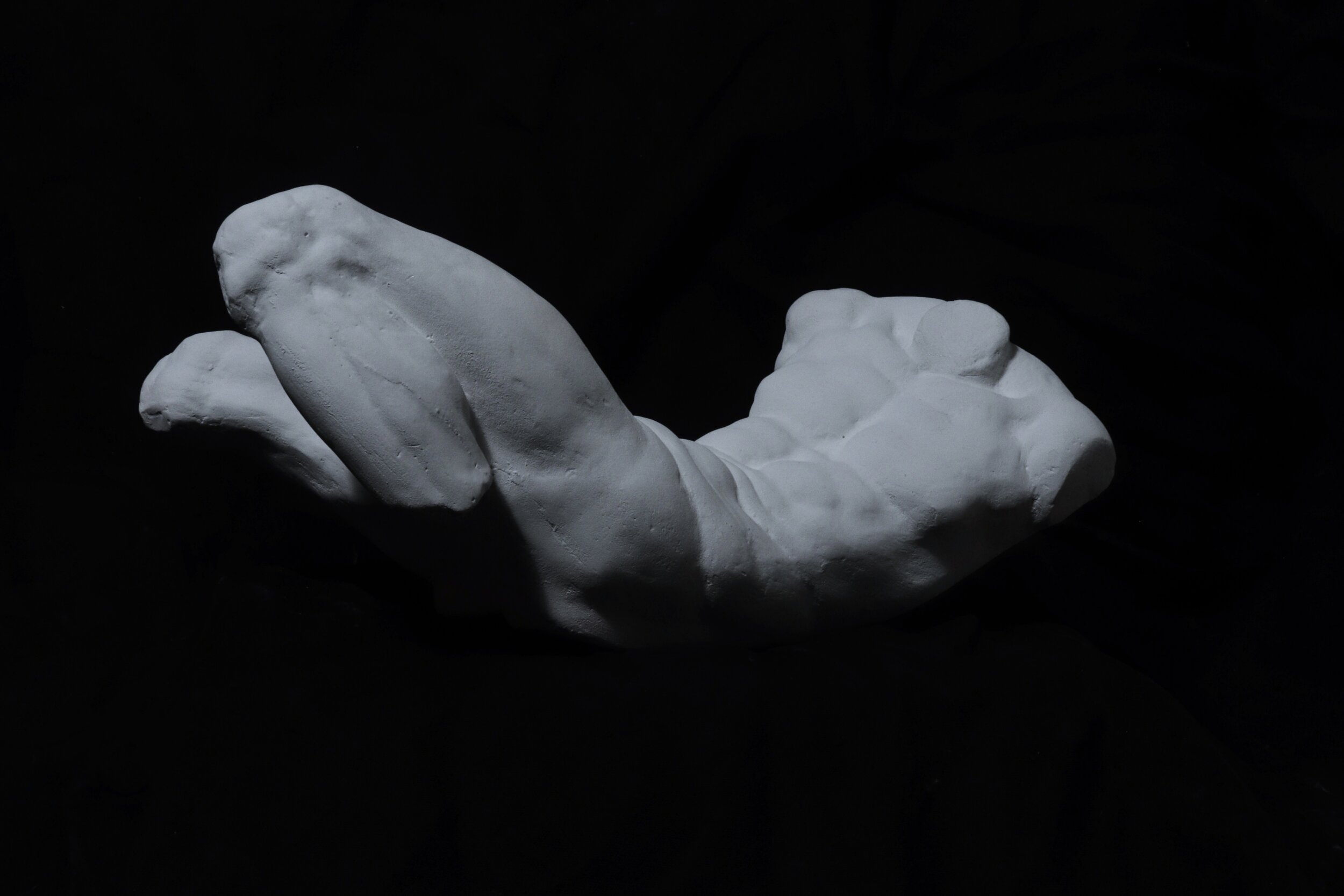 Image 1 of 4
Image 1 of 4

 Image 2 of 4
Image 2 of 4

 Image 3 of 4
Image 3 of 4

 Image 4 of 4
Image 4 of 4





Bacchus
Mask of Bacchus, one of the only two surviving sculptures from Michelangelo’s first period working in Rome. Cardinal Raffaele Riario who had previously purchased Sleeping Cupid, a work made by Michelangelo but passed off as an authentic ancient sculpture, commissioned the Bacchus. After demanding a refund for the fraudulent Sleeping Cupid, Riario wrote a letter asking Michelangelo if he was courageous enough to produce his own work rather than merely copying other masters and making forgeries. As a result, Michelangelo agreed and carved the Bacchus from a single large block of marble. The original can be found at the Bargello Museum in Florence.
14 x 10”
Mask of Bacchus, one of the only two surviving sculptures from Michelangelo’s first period working in Rome. Cardinal Raffaele Riario who had previously purchased Sleeping Cupid, a work made by Michelangelo but passed off as an authentic ancient sculpture, commissioned the Bacchus. After demanding a refund for the fraudulent Sleeping Cupid, Riario wrote a letter asking Michelangelo if he was courageous enough to produce his own work rather than merely copying other masters and making forgeries. As a result, Michelangelo agreed and carved the Bacchus from a single large block of marble. The original can be found at the Bargello Museum in Florence.
14 x 10”
Mask of Bacchus, one of the only two surviving sculptures from Michelangelo’s first period working in Rome. Cardinal Raffaele Riario who had previously purchased Sleeping Cupid, a work made by Michelangelo but passed off as an authentic ancient sculpture, commissioned the Bacchus. After demanding a refund for the fraudulent Sleeping Cupid, Riario wrote a letter asking Michelangelo if he was courageous enough to produce his own work rather than merely copying other masters and making forgeries. As a result, Michelangelo agreed and carved the Bacchus from a single large block of marble. The original can be found at the Bargello Museum in Florence.
14 x 10”




